Guest blog by Marsha Rakestraw from The Institute for Humane Education (IHE)
When people are asked to list the best qualities of humans, kindness and compassion are always at the top of the list. We're able to be compassionate with others in large part because we can empathize with them. Empathy and connection are key to a healthy, compassionate person (and a healthy, compassionate world), and studies show that we're innately wired to be empathetic; even at a very young age we demonstrate (and show a preference for) empathy.
But in a culture dominated by violence, cruelty, and self-absorption, empathy and compassion must be nurtured; and studies show that young people are becoming less empathetic than in generations past. It is during the early years that the foundation for our children's beliefs and behaviors are formed. As your child's first and most important teacher, parents have an important opportunity to start building pathways to kindness and compassion for people, animals, and the earth, starting when children are very young.
Here are 7 tips for helping nurture compassion in your children:
1. Educate yourself about ways to be compassionate to people, animals, and the earth, so that when your child starts asking questions and exhibiting behaviors that do (or don't) reflect your family's values, you have the knowledge to help. Additionally, as your child gets older s/he will be exposed -- through media, friends, school, and other sources -- to messages and values that may not value compassion. By educating yourself and maintaining mindfulness, you'll be ready to take action to help protect and nourish your child's sense of compassion for others. There are a variety of resources available (including those in IHE's Resource Center).
2. Model a message of compassion. Every day you are modeling a message, and your children are watching and learning from everything you say and do. Are you modeling the message you want to convey? Consider your choices: the food you eat, how you get from place to place, the way you communicate, the products you buy, and all your other daily choices. Do they reflect your values of compassion toward animals, people, and the earth? If your actions don't match your values as much as you'd like, start making small changes, and talk to your children about why you're choosing differently.
3. Read books and tell stories showing compassion and care for others. Stories are a wonderful teaching tool, and of course, regular reading and storytelling build important communication skills. Consider the values and messages in the stories you read to your children, and look for stories that encourage compassion to animals, other people, and the earth. There are numerous resources available, including IHE's Resource Center, and websites like Vegbooks. You can also share stories from your own life about how you learned compassion for others.
4. Build reverence. We tend to protect what we love. If we want our children to connect deeply with others in the world, we need to provide them with regular experiences that nurture and celebrate their love and compassion for animals and the earth. We can engage our children's innate curiosity and invite them to observe ants, get to know a tree, learn about the other beings around them, and explore the beauty and uniqueness that is part of their world.
5. Provide direct experience with others. It's so easy to make judgments and assumptions about others when we don't know them personally. Help nurture a compassionate spirit by providing lots of opportunities to engage with others. Observe animals in their natural habitat at a park; visit a farm animal sanctuary with your child; take your child to events and locations that expose them to people of a variety of backgrounds and experiences; plant a garden; go camping; take a hike (or at least a walk around the neighborhood).
6. Gently guide their choices & help them think critically. Teach your children right away how to engage kindly with animals, other people, and the earth. If you see them involved in unkind behavior (such as hitting your family dog), have an age-appropriate conversation with them to gently guide them to a kinder choice. As children grow, instead of just telling them an answer ("We don't eat eggs because we believe it's important to be kind to animals"), we can ask them open-ended questions that help them think critically about why your family makes the choices it does.
7. Provide them with opportunities to help. Even from an early age, children can be involved in helping others. From accompanying you to take a meal to a sick neighbor, to fundraising for a compassionate cause, to volunteering as a family at an animal shelter, there are numerous opportunities to cultivate generosity and empathy. Just be careful that the experiences are age- appropriate for your child.
To gain additional tools and support for raising a conscientious, compassionate child, sign up for IHE's online course, Raising a Humane Child, which begins April 9. Find out more & register here.
Marsha Rakestraw is the Director of Online Courses, Online Communications & Education Resources for the Institute for Humane Education and is a 2005 graduate of IHE's certificate program. Although she is not a parent herself, Marsha has taught at the PreK-graduate levels and worked for more than 14 years as a children's/young adult librarian. She misses doing family storytimes, but now dedicates her time to working and volunteering as a humane educator. When not trying to make the world a better place, she's hanging with her husband or entertaining her precocious puppy and schizophrenic cat in Portland, Oregon.
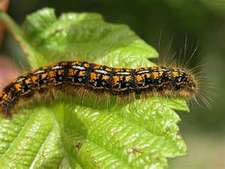
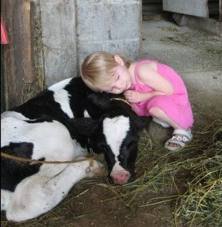
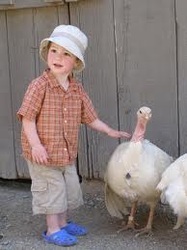

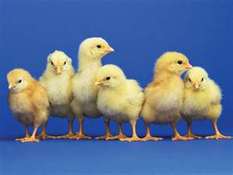

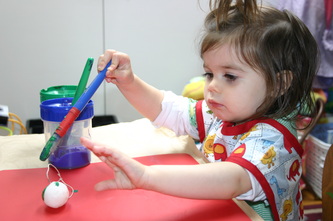
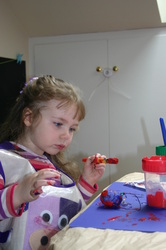
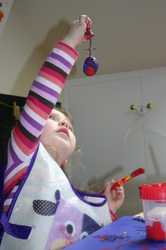
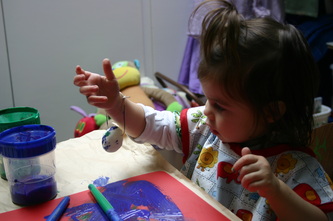
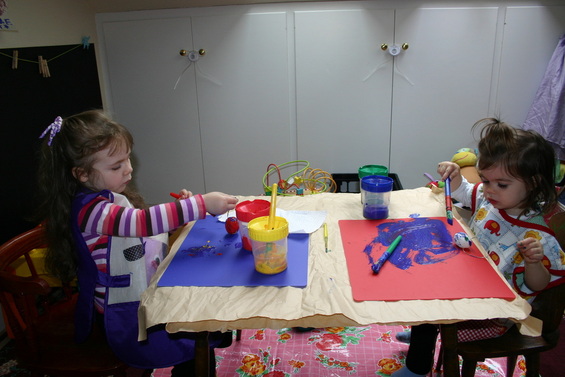
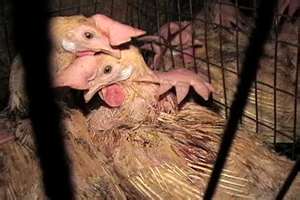
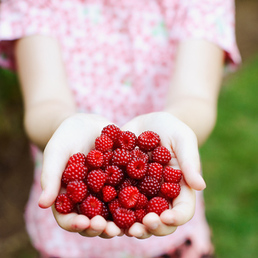


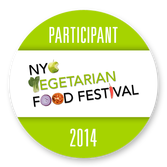

 RSS Feed
RSS Feed
